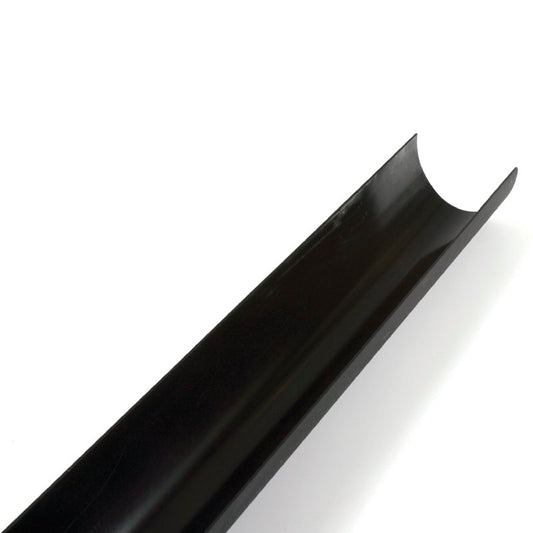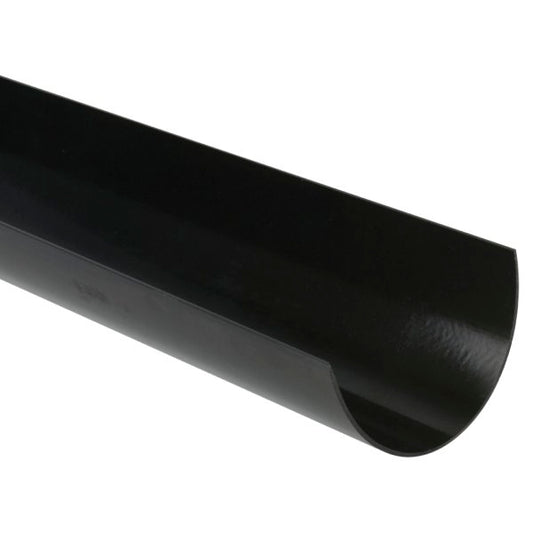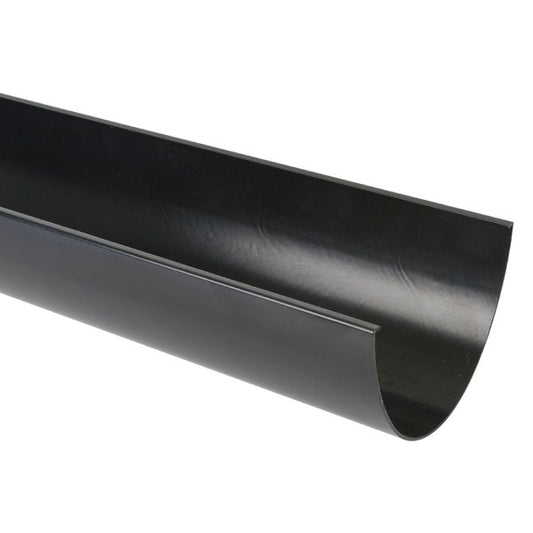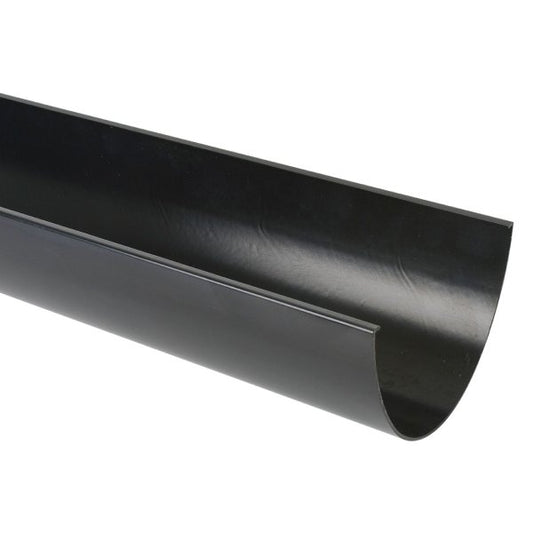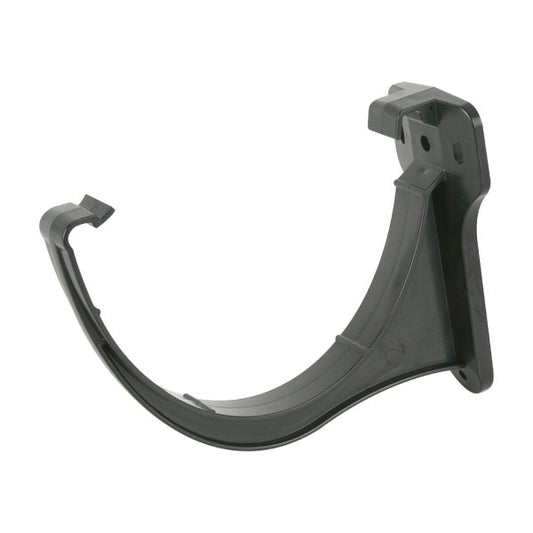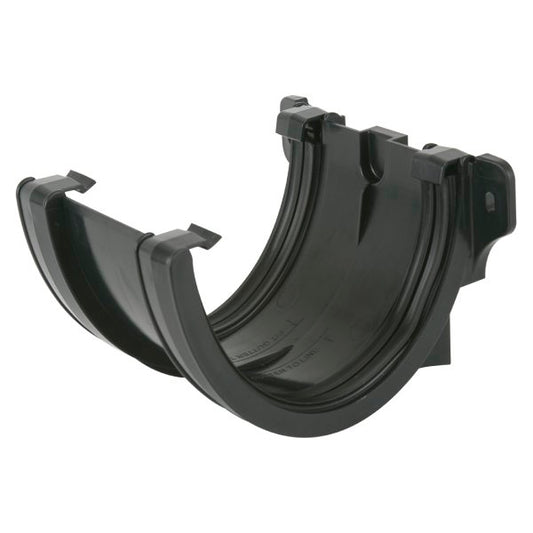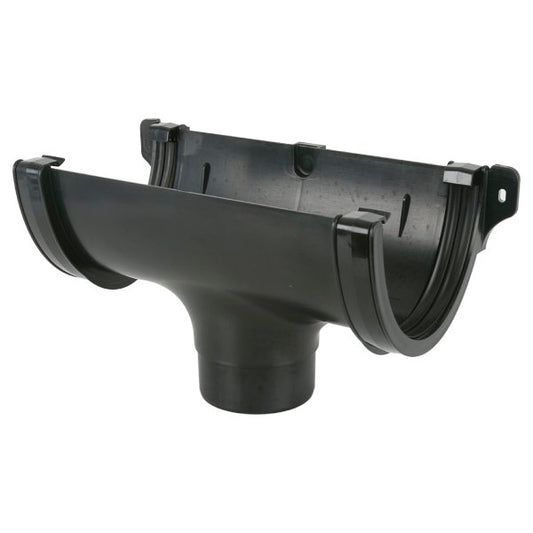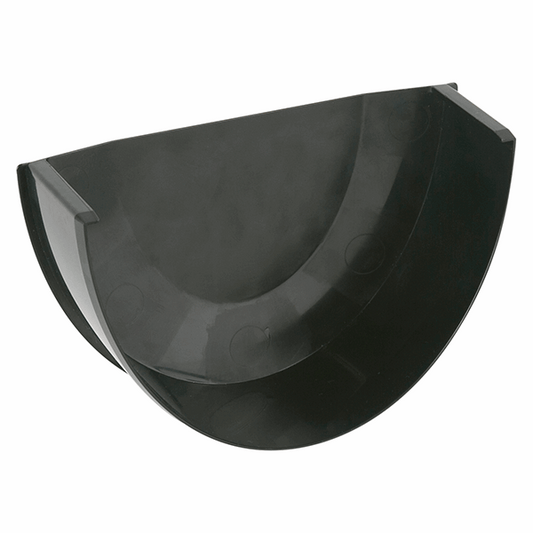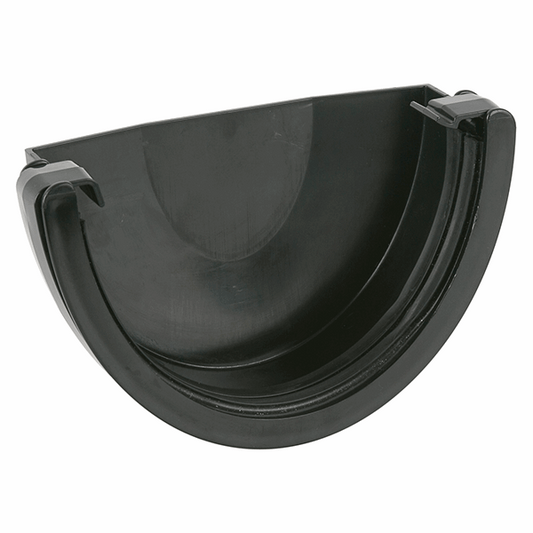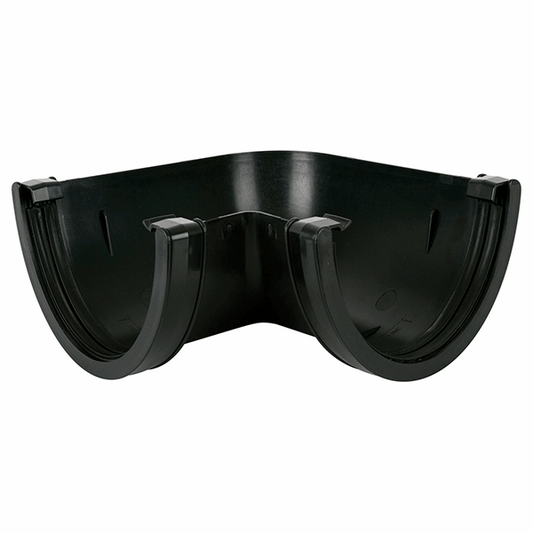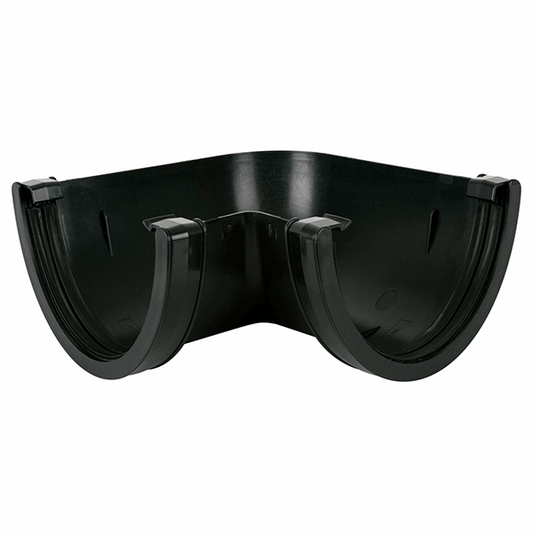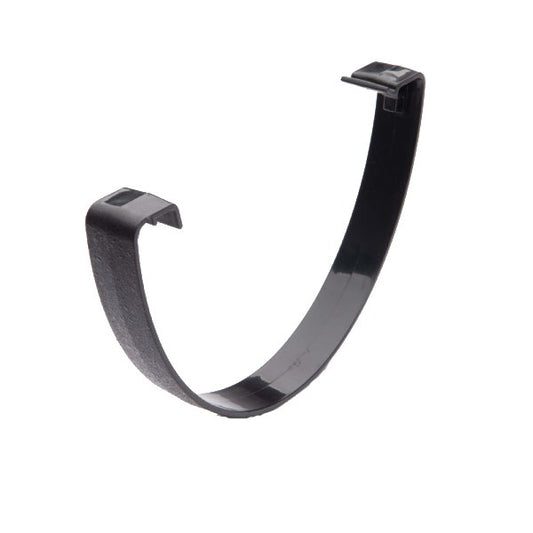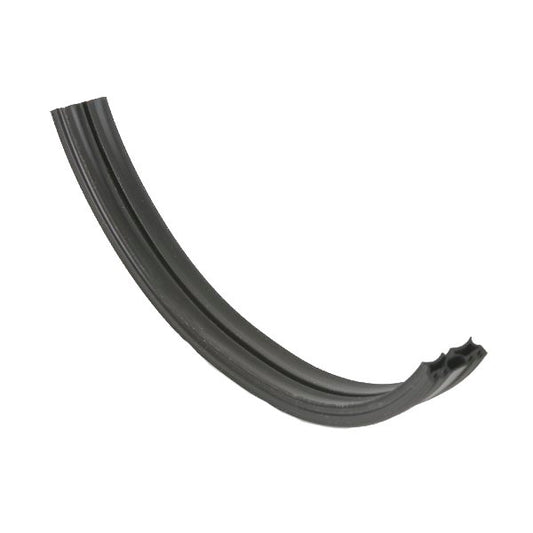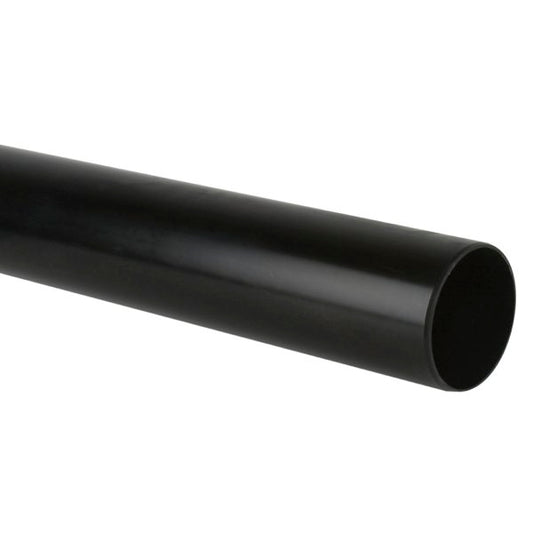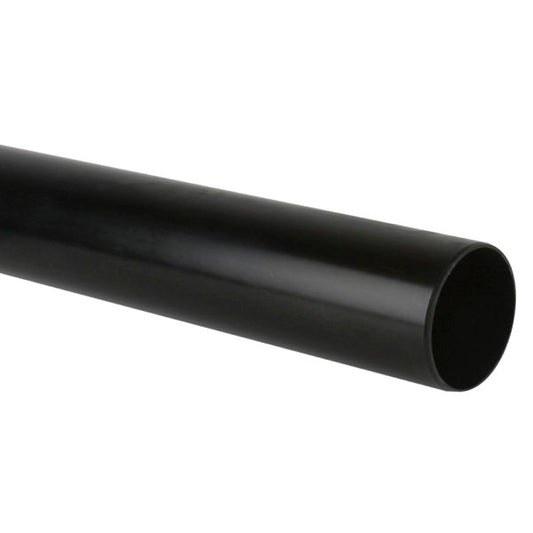If you’re planning to install or replace guttering and don’t know where to begin, this beginner’s guide to guttering will walk you through the basics.
Whether you’re a homeowner tackling a bit of maintenance or a tradesperson working on something larger, it’s important to understand the different parts of a guttering system and what to consider before buying.
This guide covers everything from types and sizes of guttering to installation and maintenance.
What Guttering Does and How it Protects Your Property
Guttering plays a vital role in protecting your home or building from rainwater damage. Its main job is to catch water that runs off the roof and guide it safely into the drainage system.
Without a working gutter, rain can fall directly next to the walls of a property. Over time, this can lead to water seeping into brickwork, damaging render, and even affecting the internal structure.
Water that pools around the base of a building can also weaken the foundations, especially during wet months.
Mould, algae and frost damage are all common signs of poor water drainage.
So, although it’s easy to overlook, guttering is one of the key defences your building has against the elements.
Types Of Guttering – A Beginner’s Guide to Guttering Choices
Choosing the right type of guttering depends on the age and style of the property, how much rainwater it needs to handle, and whether you’re repairing an existing system or fitting from scratch.
uPVC Guttering
uPVC guttering is a practical option for the majority of homes. It’s available in a range of colours and finishes, meaning it can either blend in or stand out depending on the look you’re going for. It’s lightweight, making it easier to handle during installation, and it doesn’t rust or require painting.
This type of guttering is popular on modern housing developments and is widely used across the UK.
Cotterill Civils stocks a wide range of uPVC guttering, along with the fittings and downpipes to match.
Cast Iron Guttering
This is usually chosen for its strength and traditional appearance. You’ll often see it on Victorian terraces, Georgian townhouses and other heritage buildings.
Cast iron guttering is heavier than plastic and takes a bit more time to fit, but it makes up for that with its long lifespan. When maintained properly, cast iron systems can last for several generations.
Cast iron also offers a sturdier look and feel than uPVC guttering, which some people prefer. At Cotterill Civils, we stock a full range of cast iron guttering to suit different building styles and regulations.
Guttering Profile Shapes
Half round guttering has a curved, traditional shape and is commonly used on houses. It’s easy to clean and carries a good amount of water for most domestic situations.
Square or box profile guttering has straight sides and offers slightly more capacity, which makes it a good option where roof areas are a bit larger.
Deeper guttering profiles are available for properties that need to handle larger volumes of water – especially useful in parts of the country that see heavy rainfall.
Guttering For Commercial Buildings – What to Keep In Mind
Commercial buildings often have wider roof spans and different layouts compared to houses. As a result, the guttering needs to be more robust and capable of handling higher flow rates. Choosing a standard domestic system in these settings may lead to frequent overflows and blockages.
When planning guttering for a commercial property, you’ll want to look at systems that are built to handle large volumes of water and offer reliable performance in all weather.
Our Brett Martin industrial systems, for example, are made for this purpose. They include wider channels, strong brackets, and secure sealing options like CLIP&SEAL. These details make the system easier to install and help reduce the chance of leaks.
You’ll also need to think about how many downpipes are needed, and how they connect into the drainage system. Commercial properties often benefit from having multiple outlets to spread the water load evenly across the building.
Sizes Explained – A Beginner’s Guide to Guttering Measurements
Not all guttering is the same size. The size you need depends on the size of the roof and how much water it needs to carry away. Here’s a breakdown of typical sizes:
- 112mm guttering – the standard size used on many homes.
- 115mm guttering – gives a bit more capacity for domestic projects with demanding rainwater runoff requirements.
- 170mm industrial deepstyle guttering – used on large or commercial buildings where more capacity is needed
Downpipes must also match the capacity of the gutters. Common sizes include:
- 68mm downpipes – often paired with 112mm or 115mm guttering
- 110mm downpipes – used with 170mm industrial deepstyle gutters
Choosing the right size ensures the system won’t overflow during heavy rain, which can lead to staining on walls or water collecting around the foundations.
How to Work Out What Size Guttering You Need
To work out the correct size, you’ll need to calculate the total roof area the gutter will serve.
Larger or steeper roofs collect more rainwater, which means you’ll need a wider gutter or deeper profile. As a rule of thumb, if water tends to run off quickly or if the roof has several levels draining into the same system, go for something that can handle a bit more.
You should also look at how many downpipes are included in the layout. One downpipe for every 6–12 metres of gutter is a rough guide, but this varies depending on rainfall and roof slope. The more outlets you have, the easier it is for water to flow away without putting stress on the system.
Installation Tips – A Beginner’s Guide to Guttering Setup
Installing guttering isn’t complicated, but it does need to be done properly. Even a small slope or loose fitting can make the whole system less effective.
Here’s a beginner’s guide to guttering setup:
- Check the fascia – Before fitting anything, make sure the fascia boards are in good shape. Replace or repair any damaged sections.
- Mark the fall – Guttering should slope slightly towards the downpipe. A fall of 1cm for every 3m is usually enough.
- Fix the brackets – Space these no more than 1 metre apart. Use a string line or laser to keep the slope even.
- Install the gutter lengths – Clip them into the brackets. Don’t force them – they should sit securely without bending.
- Join sections carefully – Use connectors or unions and check that seals are clean and properly in place.
- Fit corners, end stops and outlets – These allow the water to change direction or flow down into the pipe.
- Add the downpipe – Connect it to the outlet and secure it to the wall with pipe clips.
Once everything’s in place, it’s a good idea to pour water into the system and check that it flows well and that the guttering doesn’t leak at the joints.
What’s The Best Guttering to Use?
There isn’t a single answer to this – it depends on the building and what you need the system to do. For most houses, standard 112mm half round uPVC guttering is perfectly fine. It’s easy to find, easy to install, and keeps costs down.
For older homes, especially those in conservation areas, cast iron guttering is often required to maintain the building’s character. For industrial buildings or large roofs, go with a deeper or wider system designed for heavier use.
Always think about how much water the roof collects, how much maintenance you're prepared to do, and the overall appearance you're aiming for.
Budgeting – A Beginner’s Guide to Guttering Costs
Costs can vary quite a bit depending on the size of the job and what materials you choose.
- Full replacement on a standard house: £500–£1,000 (includes labour)
- uPVC guttering materials: £5–£10 per metre, plus brackets, connectors, and downpipes
- Cast iron systems: More expensive, both for materials and fitting
- Extras: Bends, corners, outlets, and clips add to the overall cost
If the job involves difficult access, such as above a conservatory or at height, you may also need scaffolding, so you’ll need to factor in the cost of this. Always get a full breakdown of costs before starting work.
Beginner’s Guide to Guttering Maintenance
It’s easy to forget about guttering once it’s fitted, but regular checks can save you trouble later.
Gutters that are blocked or coming loose can’t do their job properly, and water will end up where you don’t want it.
- Check for leaves and moss – especially in autumn or near trees
- Look for leaks at joints – even a small drip can leave marks on walls
- Make sure brackets are secure – sagging sections are a sign they need adjusting
- Test water flow – pour water in and watch where it goes
If you spot any issues, it’s best to deal with them straight away. Replacing a small section of guttering is much easier than fixing damaged brickwork or damp.
Where To Buy Guttering
At Cotterill Civils, we supply everything you need for a complete guttering system, whether it’s for a domestic property, commercial unit or listed building. We stock:
- uPVC guttering in a range of sizes
- Cast iron guttering to suit traditional builds
- Downpipes in various sizes
- All accessories and fittings, including angles, brackets and clips
You can order online through our Guttering & Fittings page, or contact us on 0121 3513230 if you’re not sure what you need. Alternatively, you can send us a message using our online contact form and we’ll get back to you as soon as possible.






